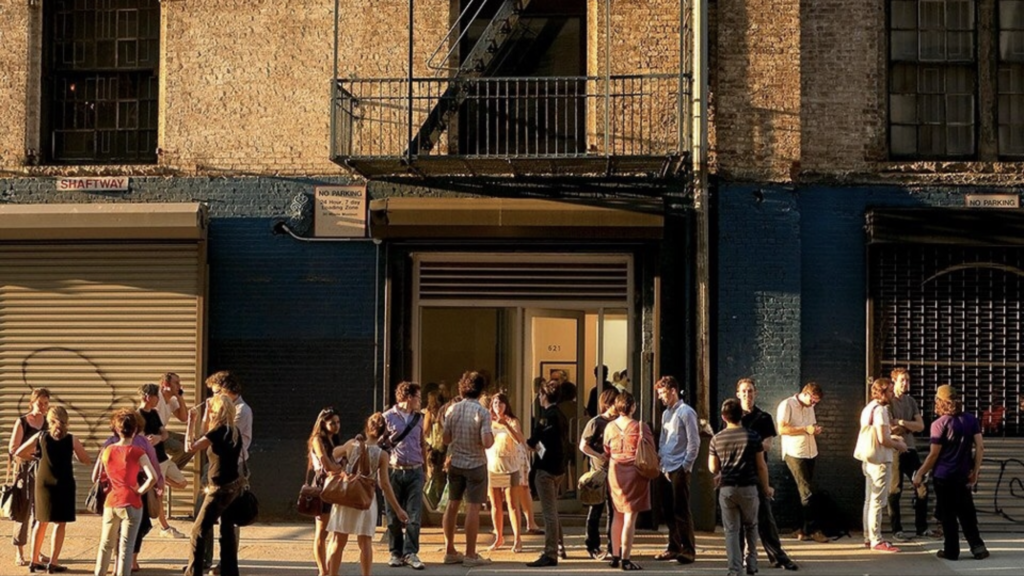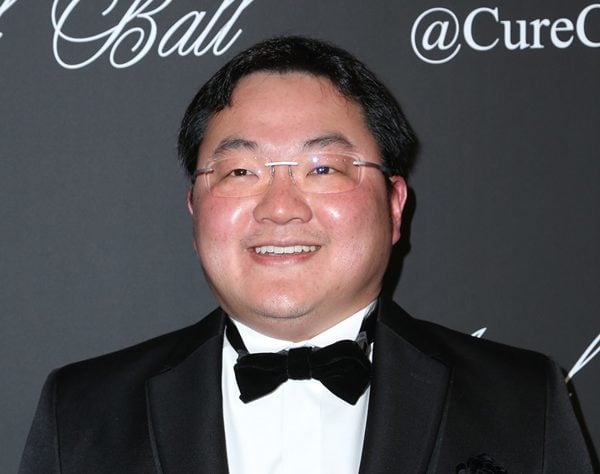Law & Politics
The U.S. Treasury Department Has Issued a Closely Watched Report on Money Laundering. The Upshot: Nothing to See Here, Folks
The U.S. government is taking a risk-based "wait and see" approach to the art market.

The U.S. government is taking a risk-based "wait and see" approach to the art market.

Eileen Kinsella

The U.S. Treasury Department released a 40-page report last week that explores the risk of money laundering and terror finance (or “TF”), in the domestic art market. In addition to citing a handful of high-profile cases, such as that of alleged money launderer Jho Low, the report suggests possible ways of combating the issue through both “non-regulatory and regulatory” means.
On the whole, the report found that the risks to the integrity of the art market were low, especially when compared with other business sectors, and concludes that it “should not be an immediate focus for the imposition of comprehensive anti-money laundering and counter-terrorism funding requirements.”
The report acknowledged that some measure of protection is already in place at some auction houses and galleries, including due diligence and anti-money laundering (AML) programs and practices. Still, it points out that there is vulnerability and potential gaps inherent in these, because of the the fact that they are voluntary and could possibly be discontinued with no repercussions or oversight from government authorities.
The specific factors that could make the art market vulnerable, as cited in the report, include: the high dollar values of single transactions; the transportability of works of art; the long-standing culture of privacy in the market; and the increasing use of art as an investment or financial asset.
The study also touched on the more recent rise in popularity of non-fungible tokens (NFTs), noting that “the emerging online art market may present new risks, depending on the structure and incentives of certain activity,” specifically the purchase of non-fungible tokens.
Attorney Michael McCullough noted an uptick in emails from clients in the wake of the report. He noted that many galleries and auctioneers have adopted voluntary AML policies over the past few years. “The difficult part,” he says, is “explaining to clients the need for enhanced due diligence, as well as the security concerns over keeping and tracking client data.” He noted that with auctioneers’ average lot value of around $20,000, many buyers and sellers “feel like it’s too much,” especially because “it’s only the very top of the art market that raises serious concern and even then, it’s a very small problem in the grand scheme.”
The report’s potential remedies include governmental support for the creation and enhancement of private sector information-sharing programs that encourage transparency, as well as updating guidance and training for law enforcement, customs enforcement, and asset recovery agencies.
Regulatory options include using targeted record-keeping and reporting requirements to support data collection and money laundering activity analyses, and “applying comprehensive measures to certain art market participants.”

Malaysian businessman Jho Low, who is alleged to have ran afoul of international money laundering laws. ©Patrick McMullan. Photo: J Grassi.
Experts seem to think that the government’s approach so far is fair-handed. “They’re smart people trying to do the right thing. And they certainly talked to a lot of people in the industry, including me,” said attorney Thomas Danziger, of Danziger, Danziger and Muro, LLP. “Although the top-line conclusion seems to be correct—which is to say that there’s little evidence of terror finance and possibly some evidence of money laundering risk in the art market—this type of conclusion is different from a finding of rampant money laundering. In any event, in our experience it would only be a tiny percentage of the art market that is not behaving correctly. The problem is that when regulators regulate, they often do so with a broad brush, so it remains to be seen what the regulators will take away from the study.”
According to a statement released by the Art Dealers Association of America (ADAA) in response to the study, the Treasury Department’s conclusion “is a reasonable one. There is not evidence of sufficient money laundering risk in the art market to justify subjecting art dealers to new regulations under the Bank Secrecy Act when compared to other much larger industries that are also not currently subject to the BSA.”
The ADAA noted the report’s finding that small- and medium-sized galleries are not effective vehicles for money laundering. The association further said its members are “grateful” that the government took the time and care to study this issue further before considering new regulations that could have a pronounced impact on galleries, which are largely small businesses.
Susan J. Mumford, CEO of ArtAML and a former gallerist, has been closely following comparable initiatives in the U.K. and European Union. To her, the most interesting feature of the report is its suggestion that the U.S. need not make decisions based on international harmonization (such as a dollar value that necessitates compliance), but on the country’s specific needs, thus a “risk-based” approach. “The reasoning provided is that it’s the largest art market in the world, and the needs could vary from Europe,” she said. Mumford added that taking time for decisions would not only enable general improvements in the AML/CTF regime, but also allow for the incorporation of more digital, online, and NFT developments.